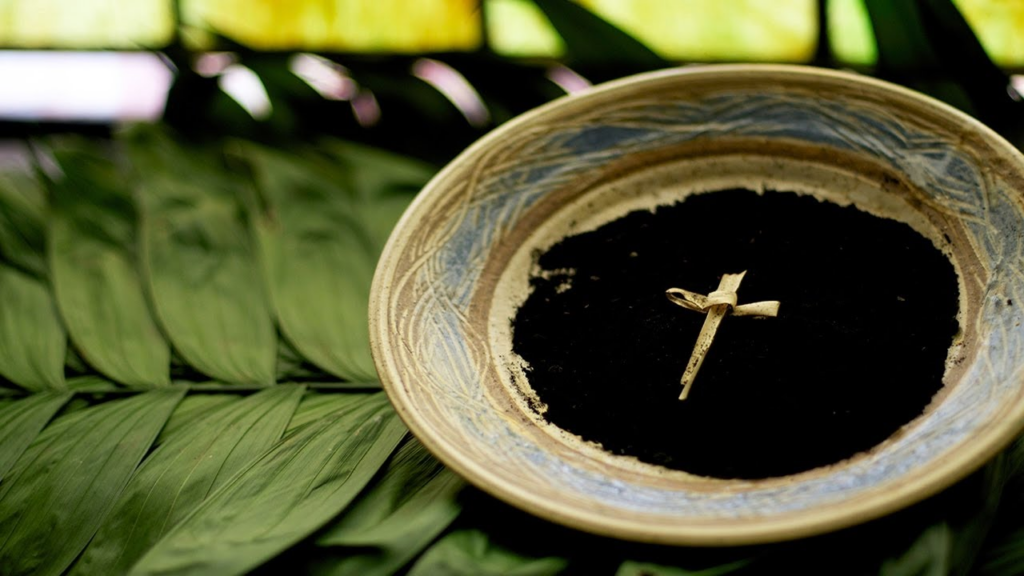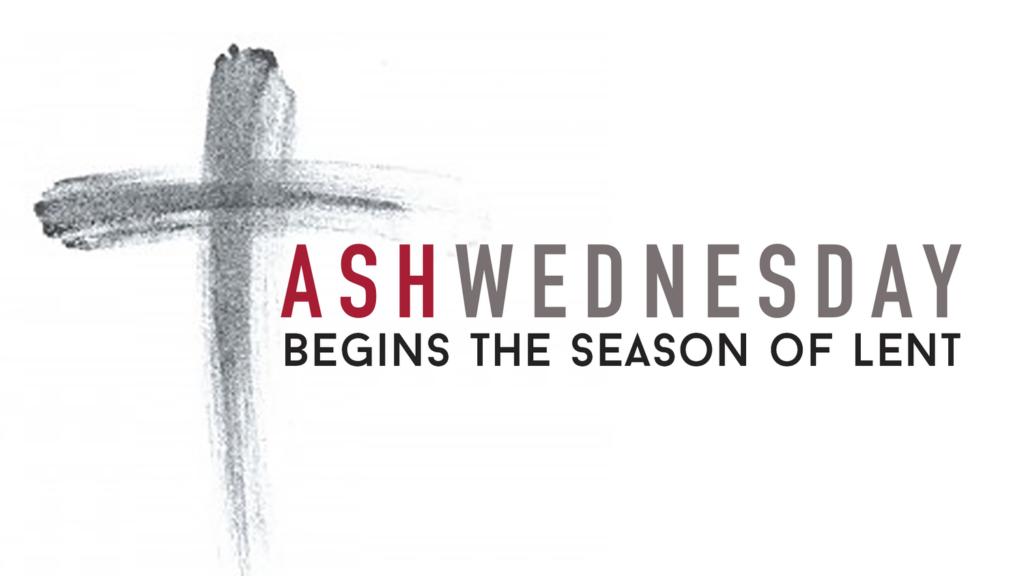Ash Wednesday
#ashwednesday
Ash Wednesday marks the beginning of Lent, a period of reflection, repentance, and preparation for Easter in many Christian traditions. It falls forty-six days before Easter Sunday and is observed by Catholics, Anglicans, Lutherans, and some other denominations. On Ash Wednesday, worshippers traditionally receive ashes on their foreheads in the shape of a cross, symbolizing mortality, repentance, and the need for forgiveness. It’s a time for introspection, prayer, fasting, and acts of charity, leading up to the celebration of Easter.
History
The history of Ash Wednesday dates back to the early centuries of Christianity. The practice of using ashes as a symbol of repentance and mourning is rooted in the Old Testament, where ashes were often associated with expressions of grief, sorrow, and penance.
The specific observance of Ash Wednesday as we know it today began to take shape in the early medieval period. By the 11th century, the imposition of ashes on the foreheads of Christians on the first day of Lent became widespread throughout Western Europe. This practice was initially reserved for public penitents — those who were undergoing a period of public repentance for serious sins — but it gradually extended to the entire Christian community.
The ashes used on Ash Wednesday are typically made by burning palm branches from the previous year’s Palm Sunday celebrations. The palms are burned, blessed, and then mixed with holy water or oil to form a paste. During the Ash Wednesday liturgy, a priest or minister marks the foreheads of worshippers with the sign of the cross using these ashes, while saying the words, “Remember that you are dust, and to dust you shall return” or “Repent, and believe in the Gospel.”
Over time, Ash Wednesday has become an important day of spiritual reflection and renewal for Christians around the world, serving as a solemn reminder of human mortality and the need for repentance and reconciliation with God.

How to Observe Ash Wednesday
Observing Ash Wednesday typically involves a combination of spiritual practices, including attending a church service, receiving ashes, fasting, prayer, and acts of charity. Here’s a general outline of how to observe Ash Wednesday:
- Attend a Church Service: Many churches hold special services on Ash Wednesday. Attend a service at your local church or parish, where you can participate in prayers, readings, and reflections on the significance of the Lenten season.
- Receive Ashes: During the Ash Wednesday service, the priest or minister will impose ashes on the foreheads of worshippers in the shape of a cross while saying a phrase like “Remember that you are dust, and to dust you shall return” or “Repent, and believe in the Gospel.” Receive the ashes as a symbol of repentance, humility, and mortality.
- Fast and Abstain: Ash Wednesday is traditionally a day of fasting and abstinence. Catholics, in particular, are encouraged to fast by consuming only one full meal and abstaining from meat. However, individuals may choose to observe fasting and abstaining in ways that are meaningful to them, considering their health and circumstances.
- Pray: Set aside time for prayer and reflection, meditating on the themes of repentance, forgiveness, and renewal. You can use traditional prayers, read scripture passages related to Lent, or engage in silent contemplation.
- Attend Additional Church Activities: Some churches offer additional opportunities for worship and spiritual growth during Lent, such as Stations of the Cross, Lenten study groups, or prayer services. Consider participating in these activities to deepen your observance of the season.
- Practice Charity and Almsgiving: In keeping with the spirit of Lent, engage in acts of charity and generosity towards others. This could involve volunteering at a local charity, donating to a worthy cause, or reaching out to those in need in your community.
- Reflect on Personal Lenten Commitments: Use Ash Wednesday as a time to reflect on your personal Lenten commitments and goals. Consider what practices or habits you may want to adopt or change during the Lenten season to grow closer to God and others.
Ultimately, the observance of Ash Wednesday is a deeply personal and individualized experience. Choose the practices that resonate most with you and allow them to deepen your spiritual journey during the Lenten season.
Lent comes providentially to reawaken us, to shake us from our lethargy.
Pope Francis
Ash Wednesday FAQs
- What is Ash Wednesday?
- Ash Wednesday marks the beginning of Lent, a period of fasting, reflection, and penance in preparation for Easter. It takes place 46 days before Easter Sunday.
- Why is it called Ash Wednesday?
- The name “Ash Wednesday” comes from the practice of placing ashes on the foreheads of worshippers in the shape of a cross during the Ash Wednesday liturgy.
- What is the significance of receiving ashes on Ash Wednesday?
- The ashes symbolize mortality, repentance, and the need for forgiveness. They serve as a reminder of our mortality and the call to turn away from sin and return to God.
- Who can receive ashes on Ash Wednesday?
- Ashes are typically received by Christians, but many non-Christian individuals also participate in Ash Wednesday observances as a cultural or spiritual practice.
- Do I have to fast on Ash Wednesday?
- Fasting on Ash Wednesday is a traditional practice, especially in the Catholic Church. Catholics aged 18 to 59 are encouraged to fast by consuming only one full meal and abstaining from meat. However, fasting requirements may vary depending on individual circumstances and religious traditions.
- What are the rules for fasting and abstinence on Ash Wednesday?
- In addition to fasting, Catholics aged 14 and older are also required to abstain from meat on Ash Wednesday and on Fridays during Lent. Other guidelines may apply depending on specific religious traditions and personal circumstances.
- Can I wash off the ashes after receiving them?
- There are no strict rules regarding washing off the ashes after receiving them. Some individuals choose to leave them on as a visible sign of their observance of Ash Wednesday, while others may wash them off for practical reasons.
- What happens to the palms from Palm Sunday used to make the ashes?
- The palms from the previous year’s Palm Sunday celebrations are burned to create the ashes used on Ash Wednesday. This practice symbolizes the transition from joy and celebration (Palm Sunday) to repentance and reflection (Ash Wednesday).
- Is Ash Wednesday a holy day of obligation?
- Ash Wednesday is not a holy day of obligation in most Christian denominations. However, it is widely observed by Catholics and many other Christians as a significant day in the liturgical calendar.
- Can non-Christians participate in Ash Wednesday observances?
- Yes, many non-Christian individuals participate in Ash Wednesday observances as a cultural or spiritual practice. The themes of repentance, reflection, and renewal are universal and can be meaningful to people of various faith backgrounds.































